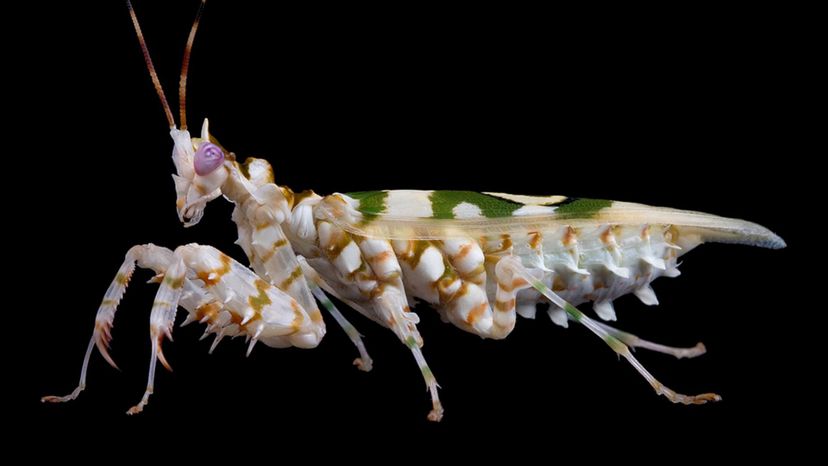
Image: Shutterstock
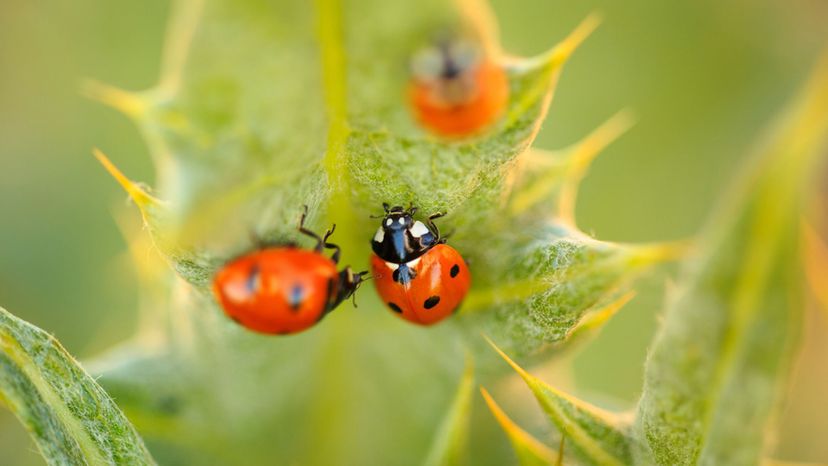
Shutterstock
Which bug or insect corresponds with this image?
Viceroy
Rose Weevil
Convergent Lady Beetle
Most people commonly call them Lady Bugs, and they truly are cute. That is unless you are a common enemy such as aphids, scales, thrips or other soft-bodied insects. But, when those insects aren't around for a snack, the Lady Bug can eat the pollen and nectar from nearby plants.
Mosquito
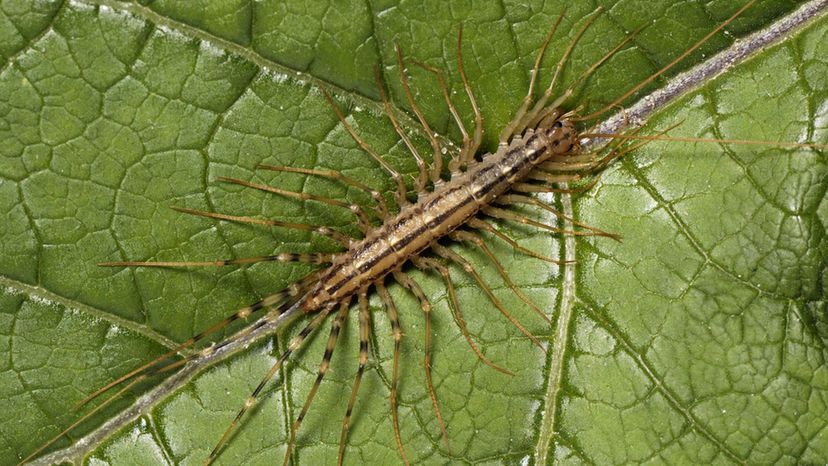
n/a
Which bug or insect corresponds with this image?
House Cricket
Black Widow Spider
Praying Mantis
House Centipede
These nocturnal arthopods may look creepy, but they provide a nice benefit for humans. They feed on spiders, bed bugs, termites, cockroaches, silver fish and almost any insect it can fit in its mouth.
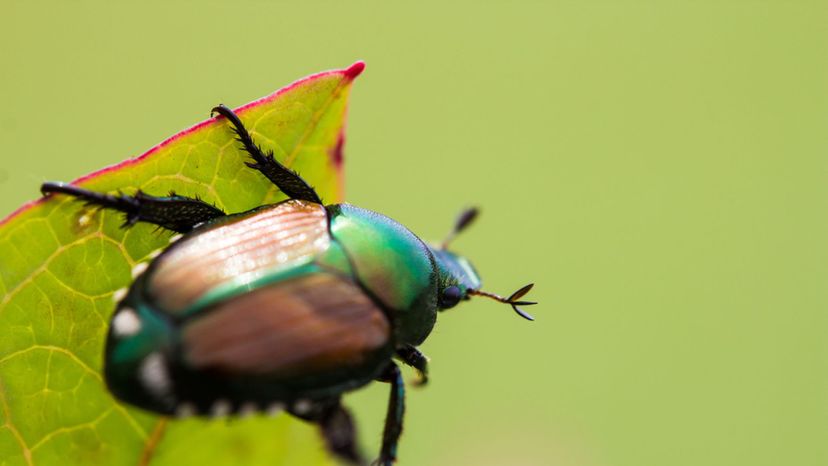
Shutterstock
Which bug or insect corresponds with this image?
Praying Mantis
Desert Tarantula
Field Cricket
Japanese Beetle
Generally, we don't consider beetles too much of a nuisance. But the Japanese beetle loves to eat. Even in its larval stages, it feeds on the roots of ornamental shrubs and plants.
Advertisement
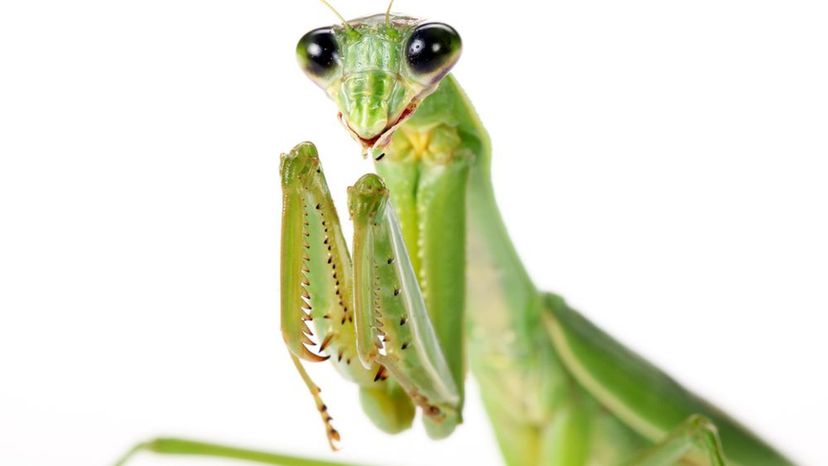
n/a
Which bug or insect corresponds with this image?
Praying Mantis
Many creatures are named for their looks. However, the Praying Mantis may take the cake on how well it got its name. It's resting position looks as if it is praying. The word "mantis" is Greek for prophet or fortune.
Daddy Long Legs Spider
Bald-faced Hornet
Little Black Ant
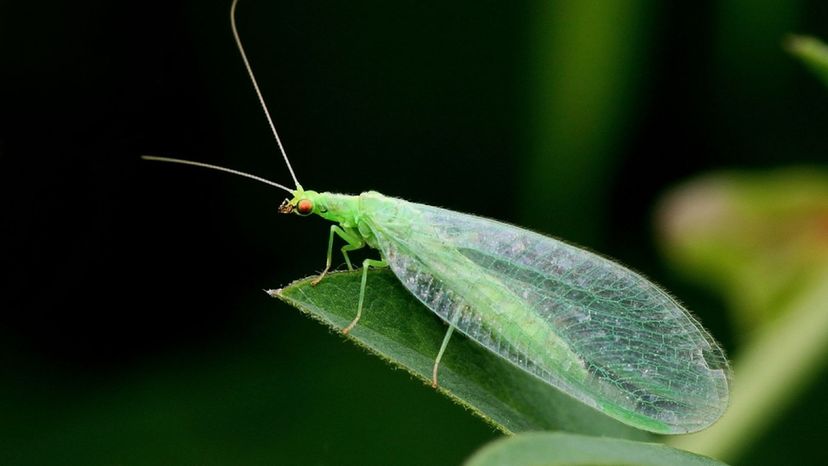
Shutterstock
Which bug or insect corresponds with this image?
American House Spider
Green Lacewing
Green Lacewings love their soft-bodied insects and mites. But their favorite delicacy are aphids, which is reasonable considering the larvae are called aphid lions.
Imperial Moth
Gypsy Moth
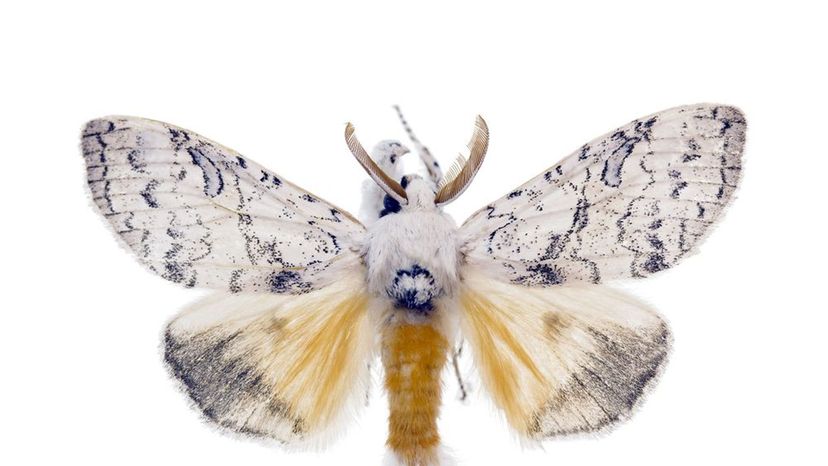
n/a
Which bug or insect corresponds with this image?
House Cricket
House Fly
Bald-faced Hornet
Gypsy Moth
The Gypsy Moth is a true pest. It was introduced from Europe to Massachusetts in 1869 and ever since the larvae have been ripping apart deciduous and evergreen trees. One fun fact is the females don't fly.
Advertisement
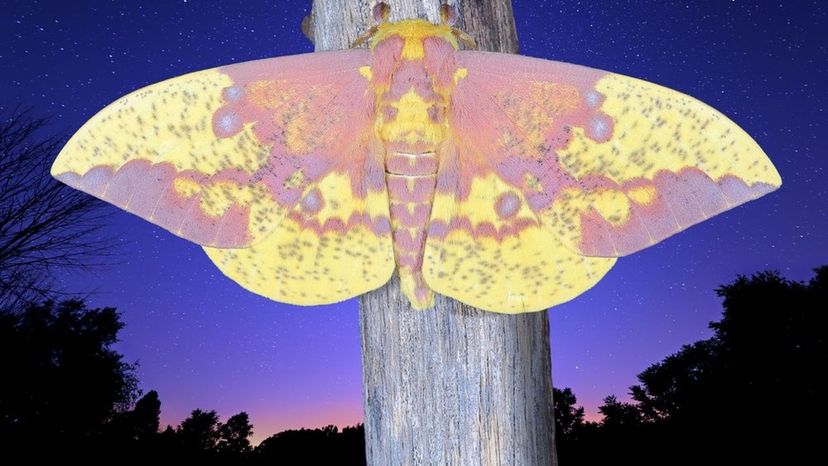
Shutterstock
Which bug or insect corresponds with this image?
Imperial Moth
Imperial moths go through a fantastic life cycle from larva to caterpillar and eventually a beautiful moth. Yet, in its final stage, the Imperial Moth is so focused on mating that is probably will not eat, rendering the final and most glorious part of its life rather short.
American Horse Fly
Desert Tarantula
Carolina Mantid
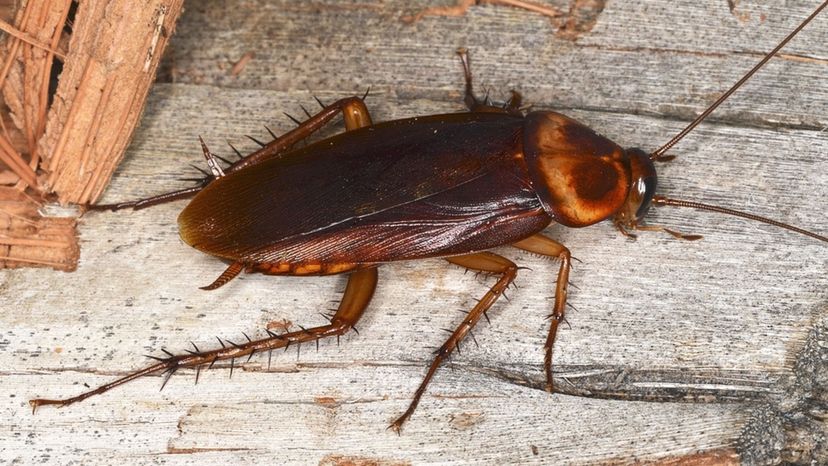
Shutterstock
Which bug or insect corresponds with this image?
Red Admiral
American Cockroach
The American Cockroach is one of the most common house pests. This is partly due to the speed with which they reproduce. They also infest our kitchens looking for any organic material to eat, from dog food to last night's left overs, and the last few drops of your beer.
May Beetle
Eastern Forktail
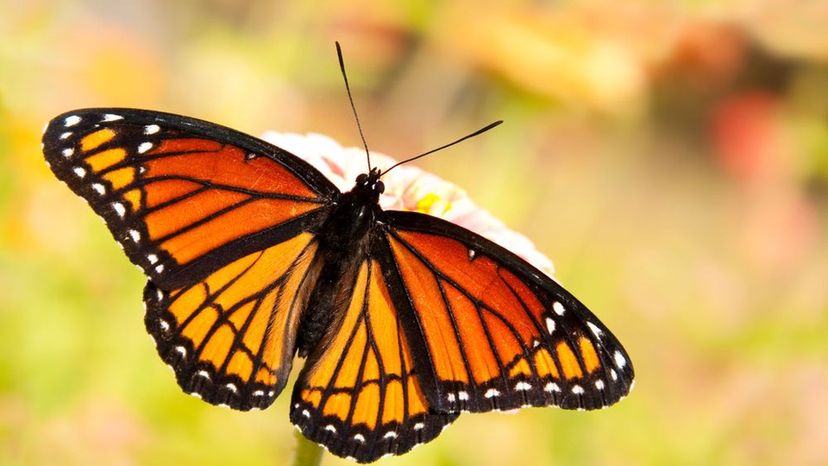
Shutterstock
Which bug or insect corresponds with this image?
Viceroy
The Viceroy Butterfly is a poisonous and beautiful butterfly that is often confused with the Monarch. The best way to distinguish a Viceroy from a Monarch is the black line that crosses the Viceroy's wings.
House Fly
Little Black Ant
Honey Bee
Advertisement
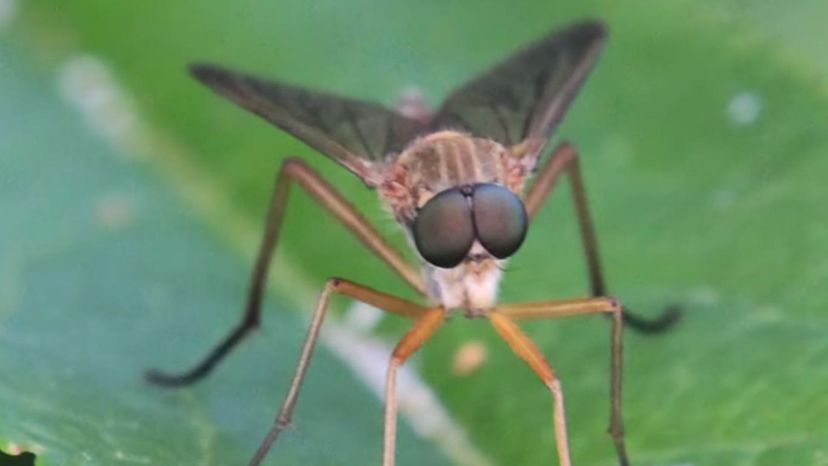
YouTube
Which bug or insect corresponds with this image?
American Horse Fly
Horseflies are not only HUGE for a fly, they also back a pretty painful punch. When viewed under a microscope their mandibles appear to look like jagged saw blades. They bite because they feed on the blood of mammals by cutting a hole in their skin.
Carolina Mantid
Praying Mantis
Mosquito
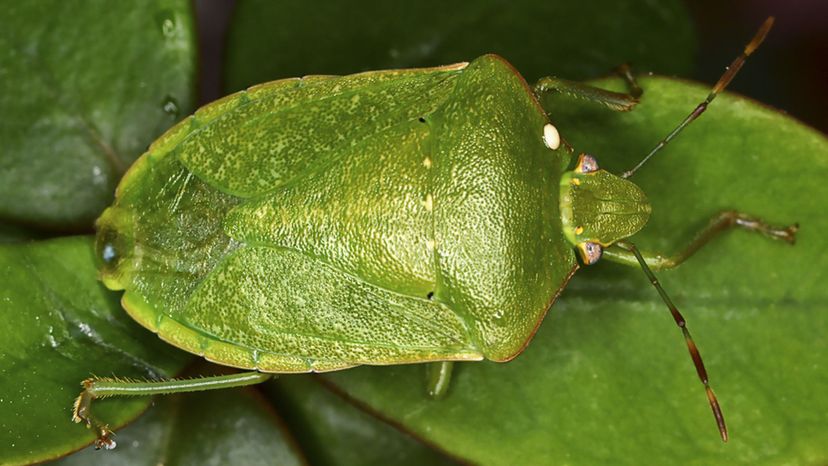
n/a
Which bug or insect corresponds with this image?
American Cockroach
Praying Mantis
Green Stink Bug
Stink bugs don't hurt humans, but they can wreak havoc on crops. However, don't be so quick to stomp on them. They emit a foul odor when crunched or when protecting their home.
Carolina Locust
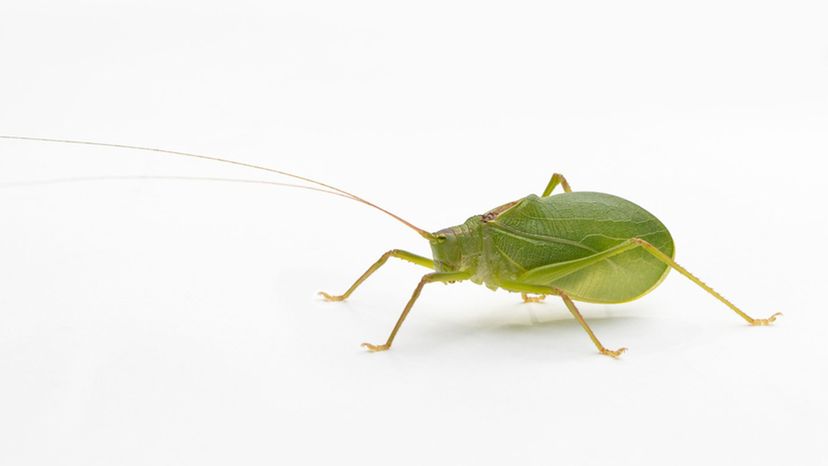
Shutterstock
Which bug or insect corresponds with this image?
Flame Skimmer
True Katydid
Katydid are often found hanging out on tree limbs and branches. For humans, they are relatively hidden away as they enjoy their lives eating leaves, flowers and stems.
Yellow Jacket
Honey Bee
Advertisement
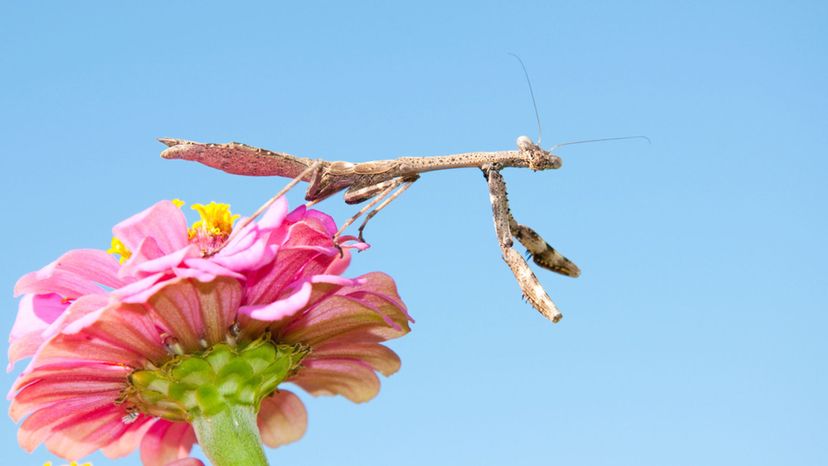
Shutterstock
Which bug or insect corresponds with this image?
Fire Ant
Carolina Mantid
The Carolina Mantid is the official state insect of South Carolina. It was named so in 1988 as a symbol of entomology and the role in agriculture of controlling harmful insects.
Honey Bee
Common Green Damer
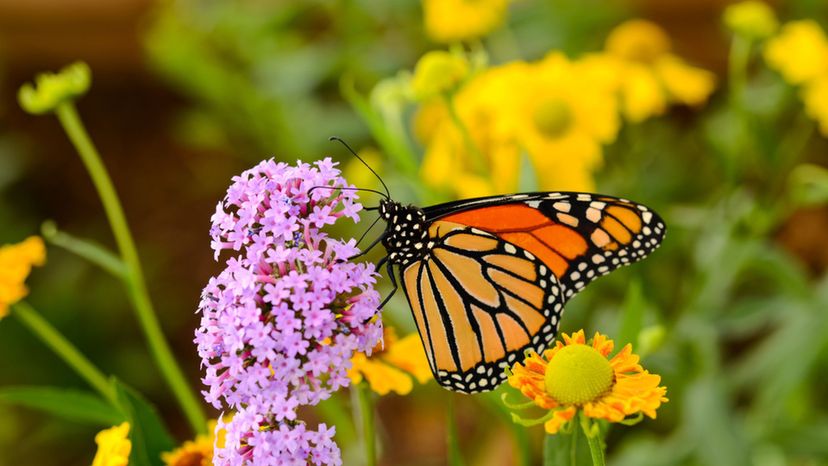
Shutterstock
Which bug or insect corresponds with this image?
Convergent Lady Beetle
Monarch Butterfly
Monarch Butterflies raise their young in milkweed-rich areas where their larvae feed. They store the milkweed's poisonous toxin in their body, which makes them undesirable for predators.
House Centipede
American Cockroach
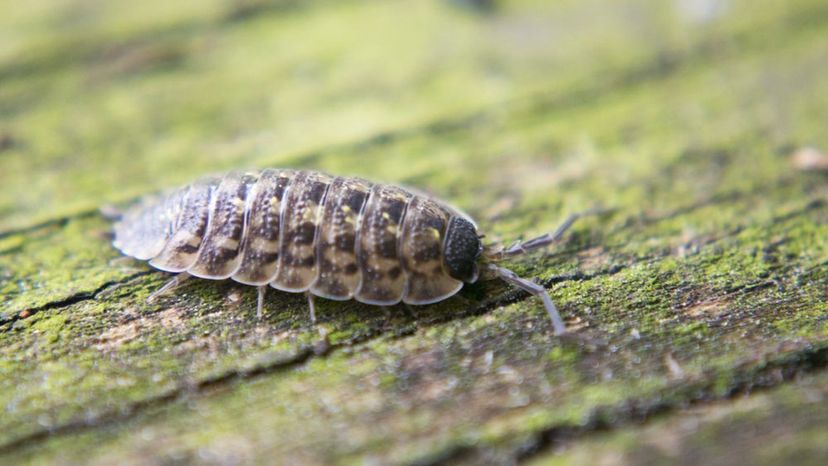
Shutterstock
Which bug or insect corresponds with this image?
Pillbug
Pillbugs are on this list because they are commonly known as insects. However, they are actually crustaceans, like lobster, shrimp, and crab.
Northern Walkingstick
Mayfly
Common Water Strider
Advertisement
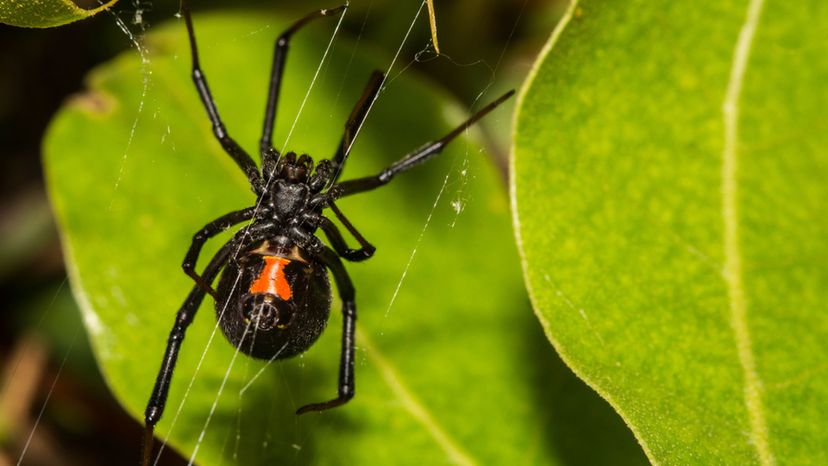
Shutterstock
Which bug or insect corresponds with this image?
May Beetle
Atlantic Bluet
House Fly
Black Widow Spider
While their bite is rarely fatal to humans, the Black Widow is still known as the most poisonous spider in North America. However, it is the females' behavior of eating the males that gives the Black Widow its name.
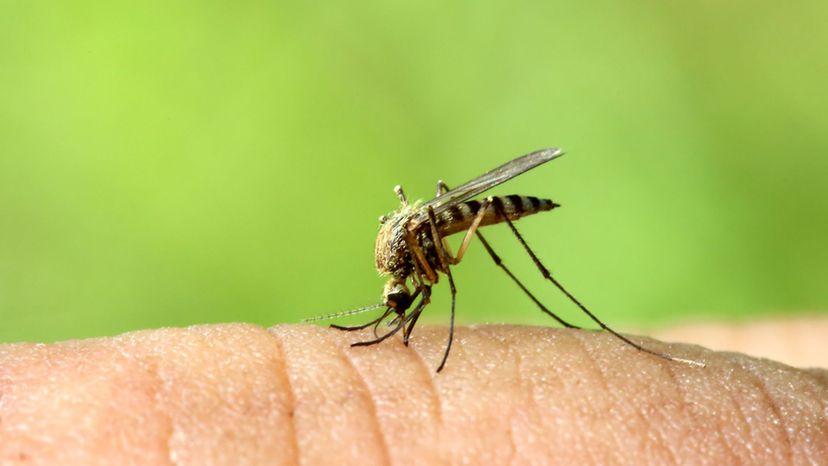
Shutterstock
Which bug or insect corresponds with this image?
Atlantic Bluet
American Hover Fly
Mosquito
When you feel that tiny pinch in your arm you can take satisfaction in knowing the fun fact that it is only a female mosquito who bites. In fact, they can drink up to three times their body weight in blood.
House Cricket
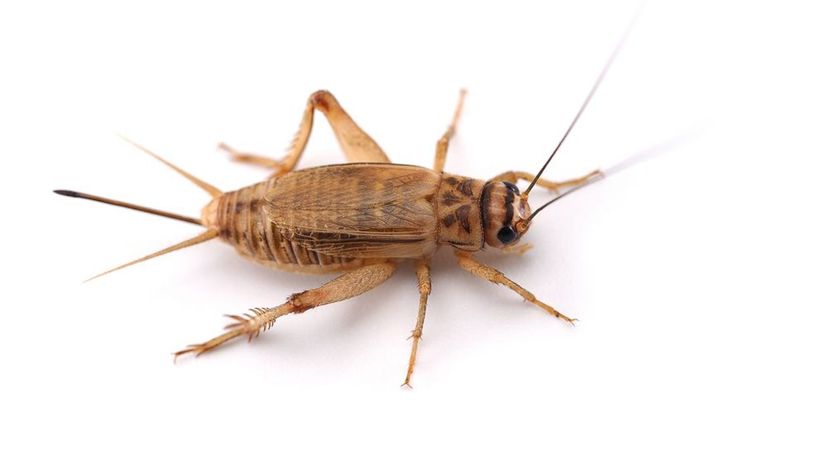
Shutterstock
Which bug or insect corresponds with this image?
Field Cricket
Are you in the forest without an idea of the temperature? Count the chirp-rate of field crickets. Count the number of chirps in 13 seconds and add 40 to that number. This will give you an accurate Fahrenheit temperature.
Eastern Forktail
May Beetle
Daddy Long Legs Spider
Advertisement
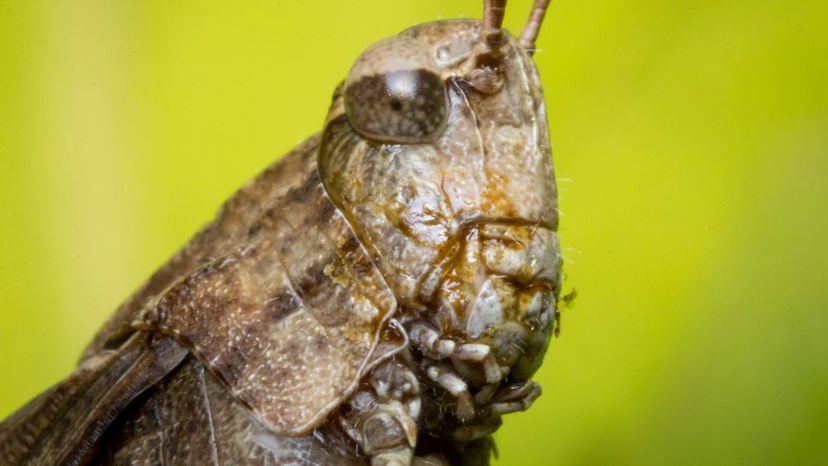
Shutterstock
Which bug or insect corresponds with this image?
American Copper
Green Lacewing
House Centipede
Carolina Locust
Locusts are generally sedentary creatures. But when environmental conditions are right and vegetation is plentiful, they can swarm into huge thick clouds that can ravage the land.

Shutterstock
Which bug or insect corresponds with this image?
Northern Walking Stick
The Northern Walking Stick is perhaps one of the best-camouflaged insects in the world. It ranges in size from one inch to one foot. They are so good at hiding, that even their eggs look like small brown seeds.
Praying Mantis
Gypsy Moth
Green Stink Bug
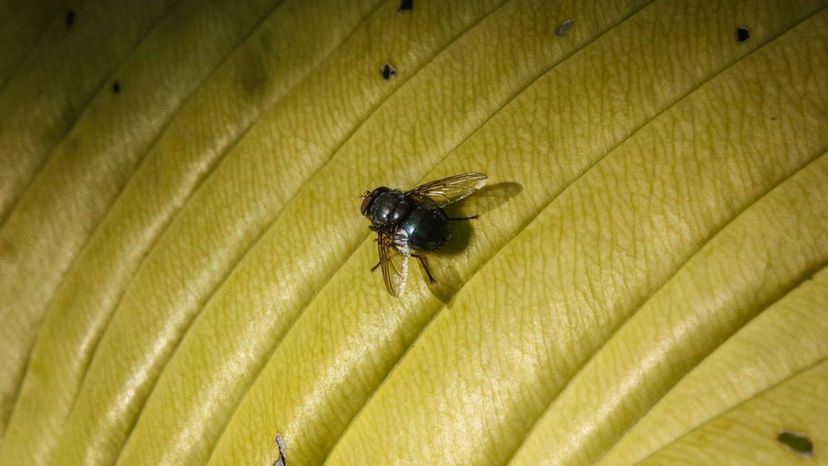
Shutterstock
Which bug or insect corresponds with this image?
Mayfly
Atlantic Bluet
Black Fly
One of the fly's greatest attributes is its place as an important food source on the food chain. They are eaten by birds, bats, dragon flies, and even fish.
Red Admiral
Advertisement
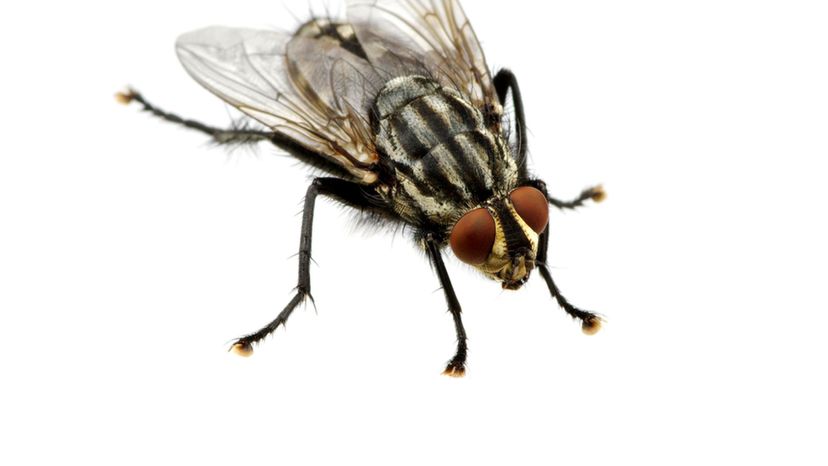
Shutterstock
Which bug or insect corresponds with this image?
Desert Tarantula
House Fly
While many people consider mosquitos as disease-carrying insects, House Flies are carriers of just as many diseases, such as gangrene, Typhoid, leprosy, TB, bubonic plague and listeria to name a few.
Carolina Mantid
Carolina Locust
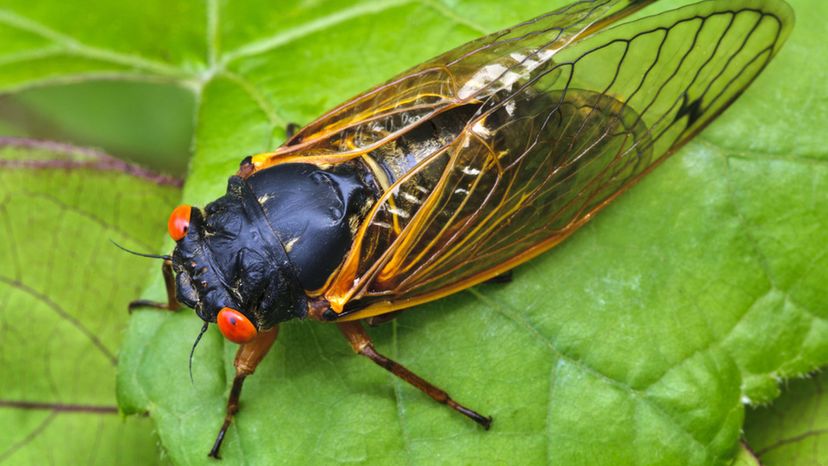
Shutterstock
Which bug or insect corresponds with this image?
Japanese Beetle
American Cockroach
Periodical Cicada
While often confused with locusts, Periodical Cicadas are unrelated. They emerge from the ground in 17-year cycles throughout the Northeastern United States.
House Centipede

YouTube
Which bug or insect corresponds with this image?
Eastern Subterranean Termite
Eastern Subterranean Termites are notorious for the damage they can cause to building timbers. If an infestation is great enough, these termites can actually destroy a home. When not feasting on homes, they often eat roots, tree stumps and fallen trees and limbs.
Japanese Beetle
Praying Mantis
American Copper
Advertisement
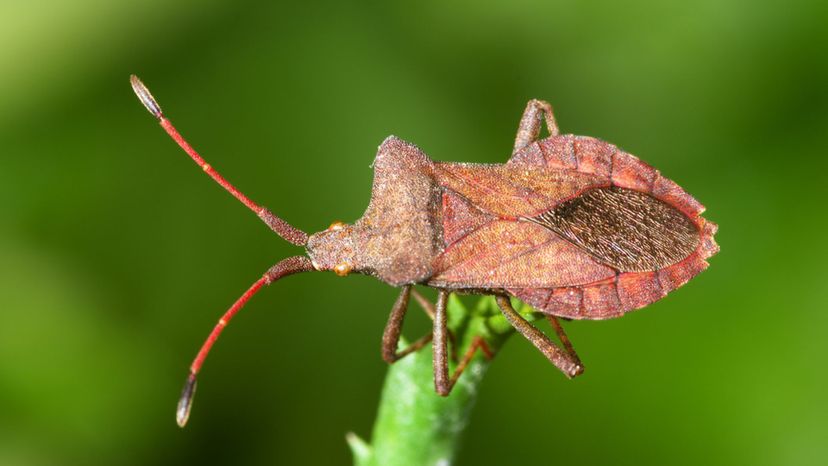
n/a
Which bug or insect corresponds with this image?
Praying Mantis
American Horse Fly
Squash Bug
While you may assume the Squash Bug has its name from being stomped on, the real reason is the bug's love affair with squash and pumpkins.
Carolina Locust
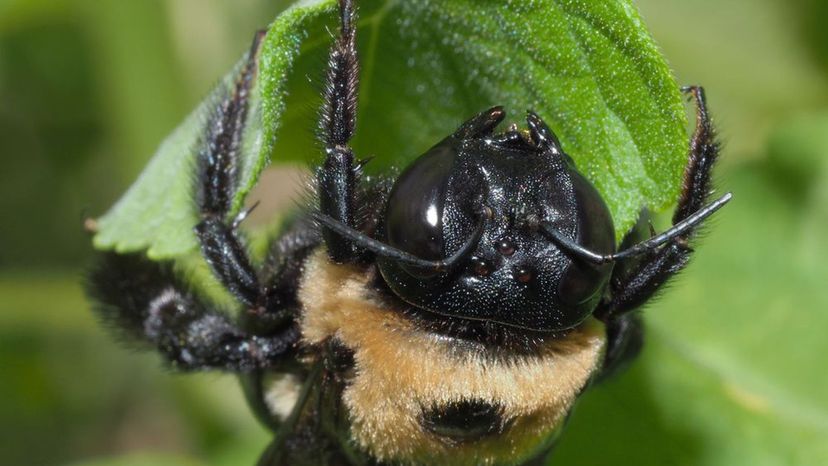
Shutterstock
Which bug or insect corresponds with this image?
American Bumblebee
Bumblebees are the large cousins of the Honeybees. They are big, fuzzy and seemingly slow moving. While they don't produce as much honey as other bees, they are important pollinating insects.
American Horse Fly
True Katydid
Convergent Lady Beetle
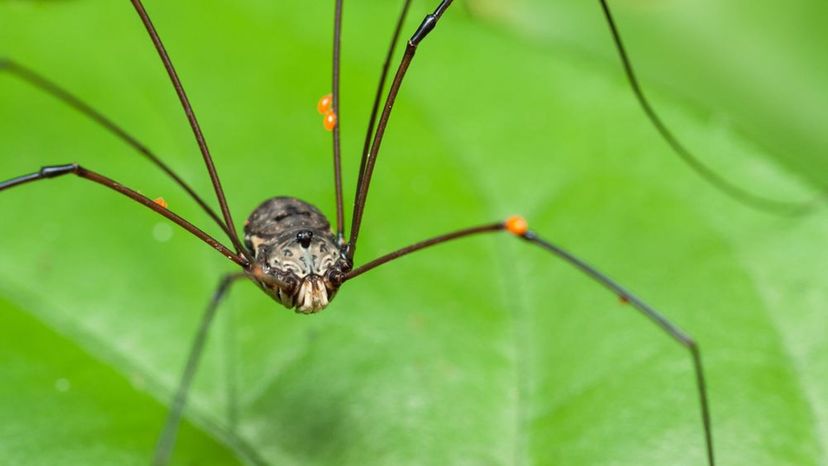
Shutterstock
Which bug or insect corresponds with this image?
Daddy Long Legs Spider
The myth exists that Daddy Long Legs are the most venomous spiders on the planet, but their fangs are too small to puncture human skin. Wrong! They don't have fangs, venom glands, or any way of chemically-subduing their food.
Japanese Beetle
Desert Tarantula
Black Fly
Advertisement

Shutterstock
Which bug or insect corresponds with this image?
Red Admiral
The Red Admiral is a common butterfly found globally. They are known for their striking and distinguished wing pattern.
Praying Mantis
Rose Weevil
Scarlet and Green Leafhopper
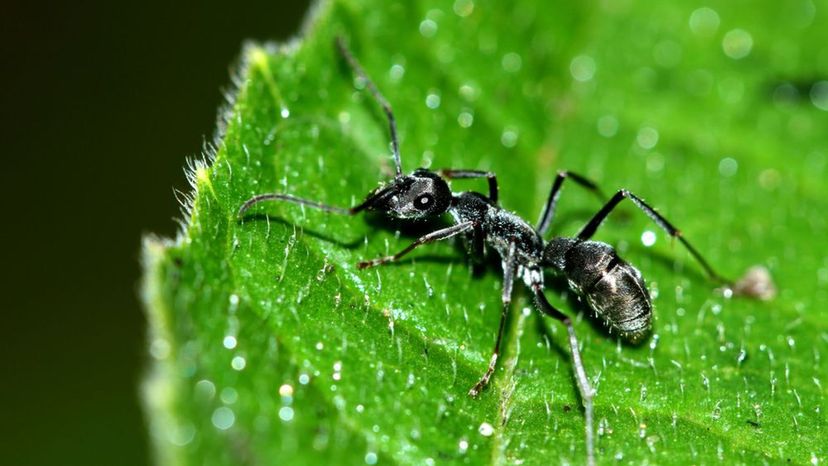
Shutterstock
Which bug or insect corresponds with this image?
Rose Weevil
True Katydid
Little Black Ant
Black ants, like bees, are one of the most social insects on the planet. They feed on aphids and plant excretions. They will also go crazier than a toddler when candy is left laying around.
Black Fly
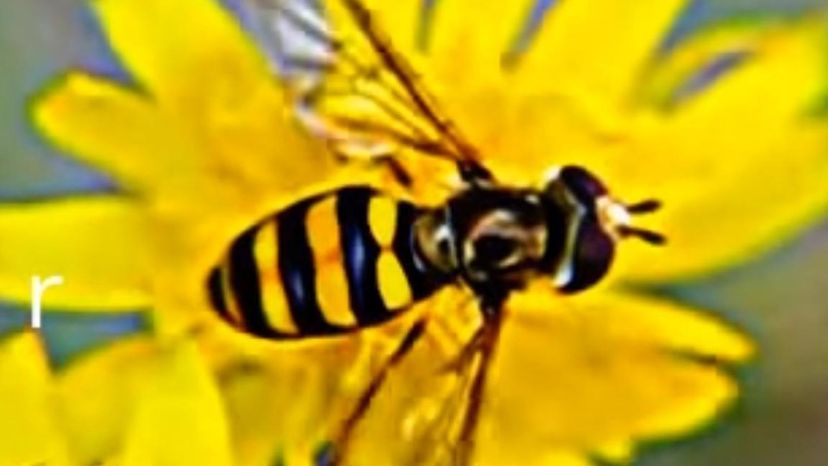
YouTube
Which bug or insect corresponds with this image?
House Centipede
American Hover Fly
Hover Flies can be found throughout North America. Distinctive from most other insects, the Hover Fly has the ability to fly backward.
Desert Tarantula
Rose Weevil
Advertisement

Shutterstock
Which bug or insect corresponds with this image?
Honey Bee
The Honey Bee is one of the most respected insects on the planet. From its pollinating abilities to its production of honey, humans and Honey Bees have a close and respected relationship. Their distinctive buzz comes from their wings, which can stroke 11,400 times per minute.
American Horse Fly
True Katydid
Northern Walkingstick

n/a
Which bug or insect corresponds with this image?
Bald-faced Hornet
Bald-faced Hornets are common throughout North America. They are known for their large ball-shaped paper nests that can be found on trees and buildings. Some of these nests can grow as large as three feet tall.
True Katydid
Carolina Mantid
Carolina Locust
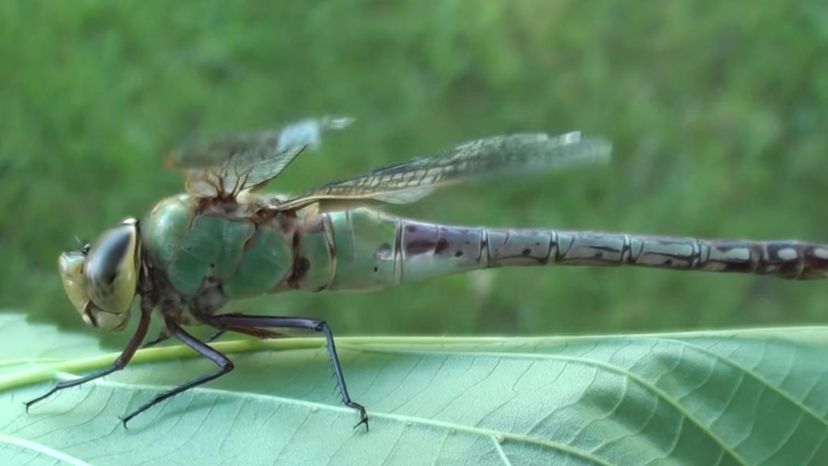
YouTube
Which bug or insect corresponds with this image?
Common Green Darner
If you see a dragonfly swooping around, it is likely a Green Darner. They are one of the few dragonflies to migrate in spring and autumn.
True Katydid
Carolina Locust
Pillbug
Advertisement
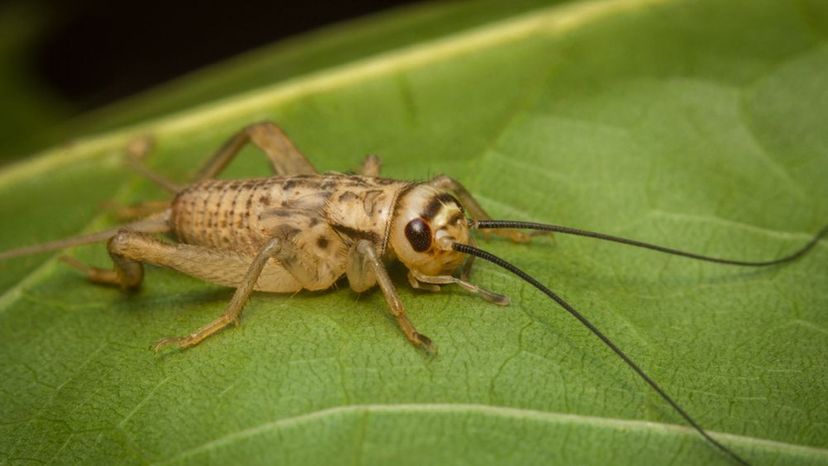
Shutterstock
Which bug or insect corresponds with this image?
House Cricket
Many people know crickets for their outdoor chirping. But once inside a home, not only will their chirping keep you awake at night, these crickets will prey on paper, fabric and food that's been left out. They are the guests that won't go home.
Periodical Cicada
Eastern Forktail
Carolina Locust
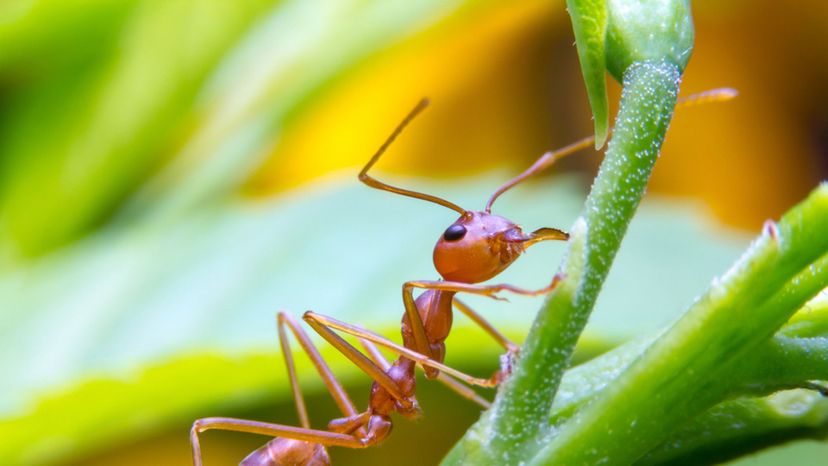
n/a
Which bug or insect corresponds with this image?
Fire Ant
Fire ants, despite their small stature, are one of the most painful little buggers on the planet. They are considered omnivores as they will devour nearly any kind of food. They are also social insects with a painful bite and venom that they are not afraid to use. They are very active, aggressive and not afraid to employ large nests of up to 250,000 to protect their home.
Black Fly
Monarch Butterfly
Mayfly

Shutterstock
Which bug or insect corresponds with this image?
Green Lacewing
Flame Skimmer
Flame Skimmers are partial to the warm wetlands and water of the American southeast. Their entire bodies -- from eyes and even wing veins -- are either red or dark orange.
American Cockroach
Gypsy Moth
Advertisement

Shutterstock
Which bug or insect corresponds with this image?
Carolina Mantid
American Cockroach
May Beetle
Also known as June Bugs, May Beetles are clumsy and often found crash landing into screen doors and porch lights. The eat garden plants but are relatively harmless to people.
American Copper

n/a
Which bug or insect corresponds with this image?
Praying Mantis
Mayfly
The Mayfly is an ancient insect dating back nearly 350 million years. They can be found all over the world, however, due to environmental changes and loss, they are considered threatened.
Gypsy Moth
Scarlet and Green Leafhopper
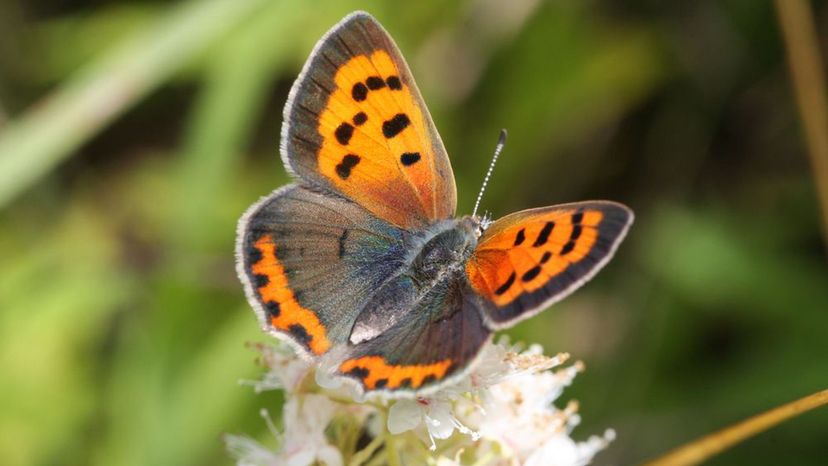
Shutterstock
Which bug or insect corresponds with this image?
Black Fly
American Copper
Unlike humans, the male American Copper lies in wait for receptive females. However, like humans, the American Copper is one of the most aggressive in its family with strong ties to its territory.
Carolina Locust
American Cockroach
Advertisement
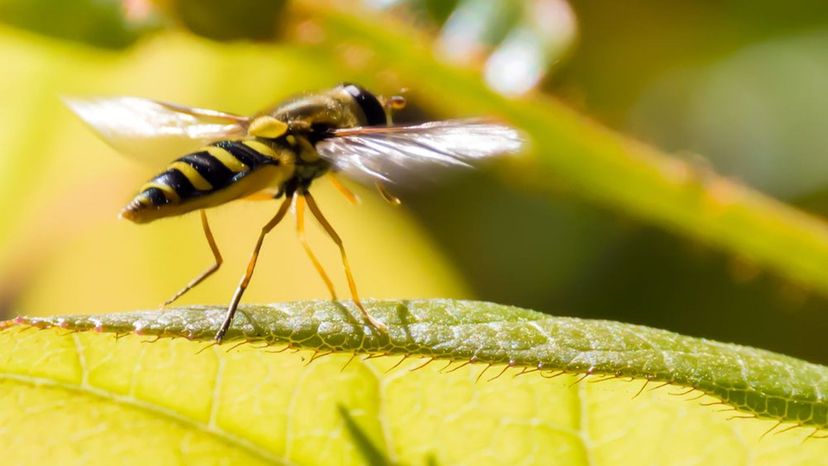
n/a
Which bug or insect corresponds with this image?
Convergent Lady Beetle
Assassin Bug
Japanese Beetle
Yellow Jacket
While it may look like a bee, the Yellow Jacket has a distinct advantage. Its stinger doesn't come out when it stings, allowing for it to attack multiple times. For most people, this is a painful reminder to not swat, for others, the venom can be quite dangerous and require medical treatment.
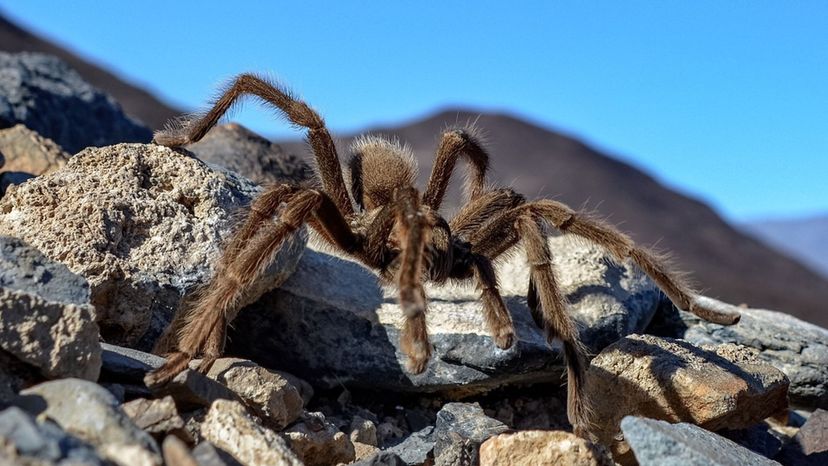
Shutterstock
Which bug or insect corresponds with this image?
Pillbug
Black Widow Spider
Desert Tarantula
Despite their scary appearance, these tarantulas have a weak venom. They hunt at night and focus on grasshoppers, beetles, and even lizards. If the tarantula can take it down, it will go for it.
Mayfly
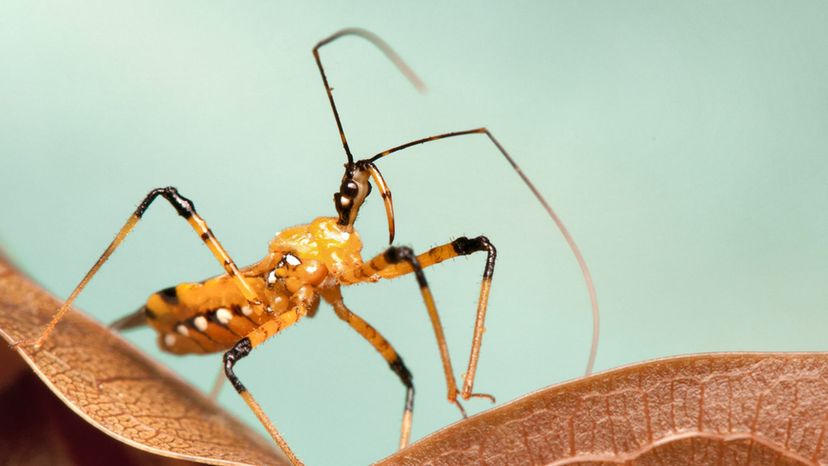
Shutterstock
Which bug or insect corresponds with this image?
Carolina Locust
Japanese Beetle
Assassin Bug
The assassin bug is aptly named. While keeping an eye out for a wealth of predators, the assassin bug is a transmitter of Chagas disease, which can lead to heart failure in humans.
Rose Weevil
Advertisement
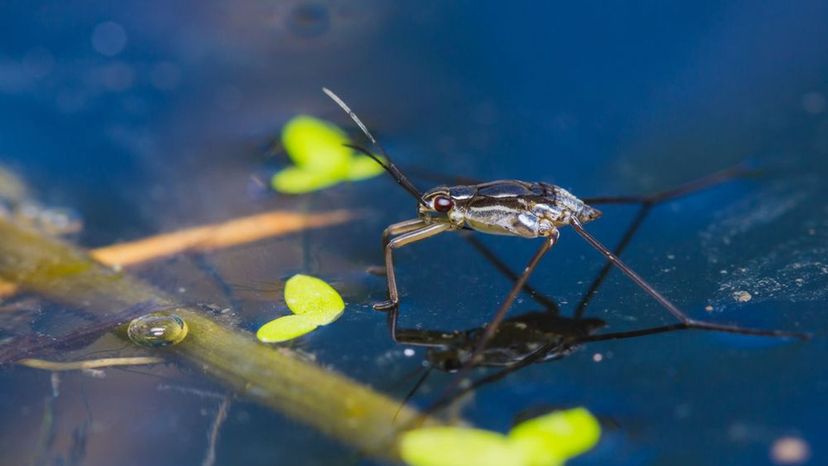
Shutterstock
Which bug or insect corresponds with this image?
Red Admiral
American Hover Fly
Mosquito
Common Water Strider
Water Striders are fun to watch as they glide on top of the water. But how do they hold themselves up on a wet surface? Their legs are covered with thousands of microscopic hairs with grooves that can trap air. This provides the strider with enough resistance to glide on the water.
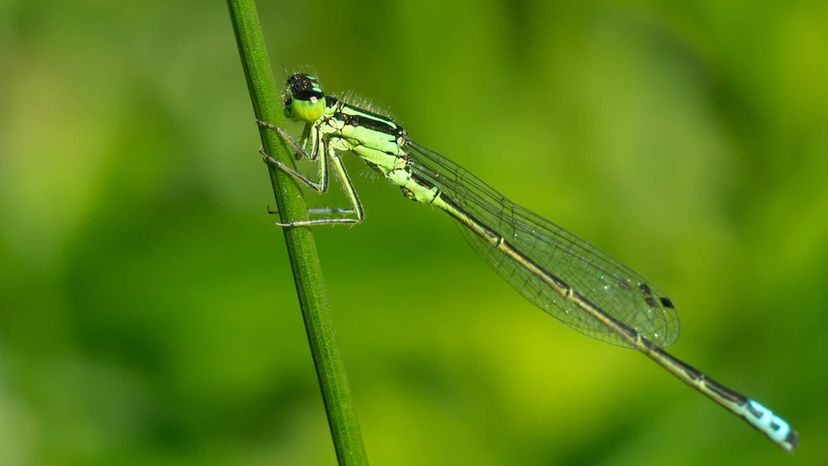
Shutterstock
Which bug or insect corresponds with this image?
Convergent Lady Beetle
True Katydid
American Horse Fly
Eastern Forktail
The Eastern Forktail is a species of dragon fly commonly found in a variety of wetlands, but most common in small and well-vegetated ponds.
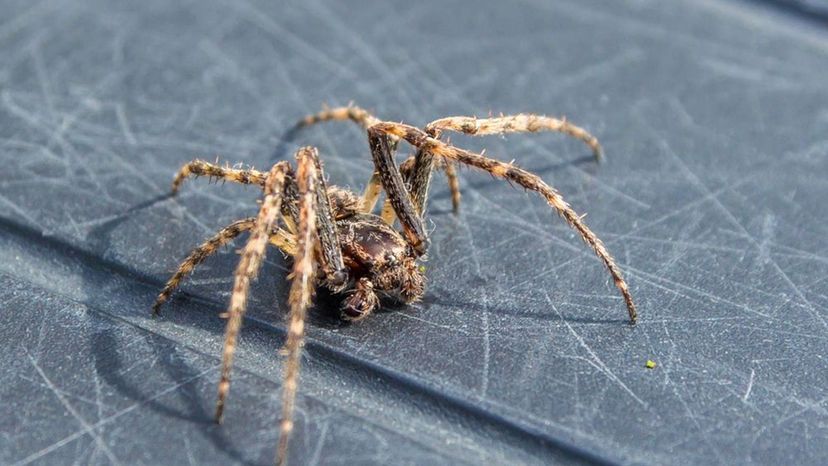
n/a
Which bug or insect corresponds with this image?
American House Spider
The American House Spider descends from a lineage that has been living indoors since the Ancient Roman Empire. While you may think that placing it outdoors instead of stomping on the spider is saving it; you may actually be killing it. There is a reason they are house spiders.
Desert Tarantula
Praying Mantis
Gypsy Moth
Advertisement
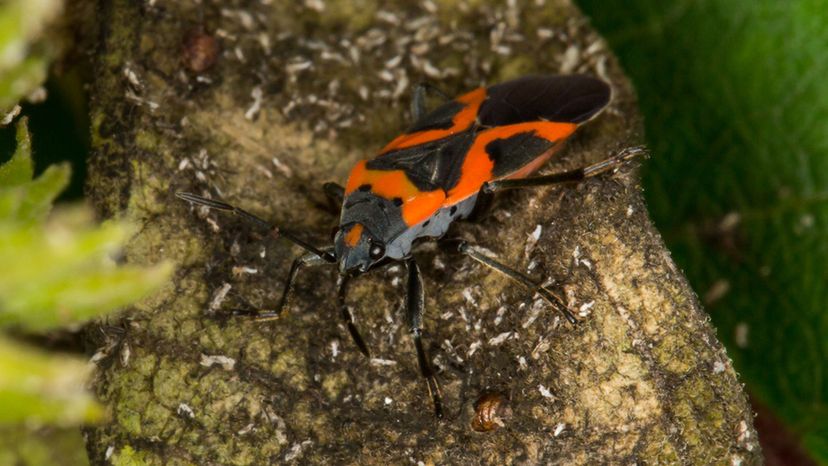
Shutterstock
Which bug or insect corresponds with this image?
Convergent Lady Beetle
American Horse Fly
Desert Tarantula
Small Milkweed Bug
Small Milkweed Bugs live on milkweed plants. They take in the milkweed's toxins, making them undesirable to predators.
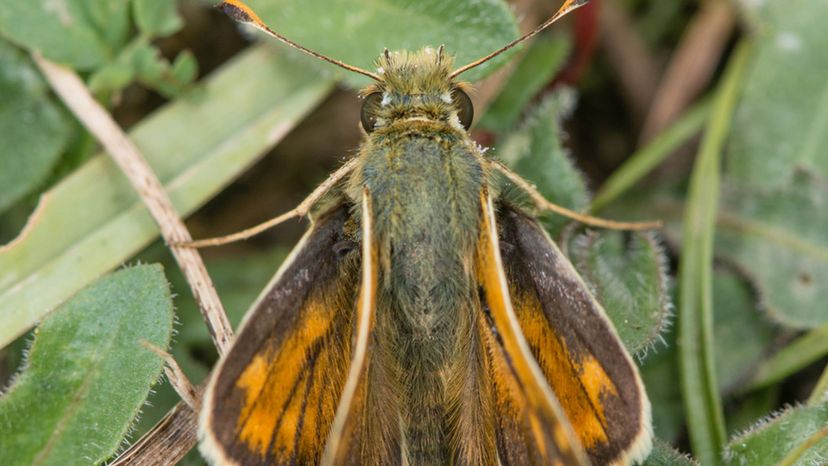
Shutterstock
Which bug or insect corresponds with this image?
Praying Mantis
Silver-spotted Skipper
Skippers are similar to moths. The Silver-spotted Skipped is easily recognizable by the white spot on the underside of each wing. It is one of the most widespread skippers, with one of the largest populations.
Gypsy Moth
Desert Tarantula
You Got:
/47
Shutterstock